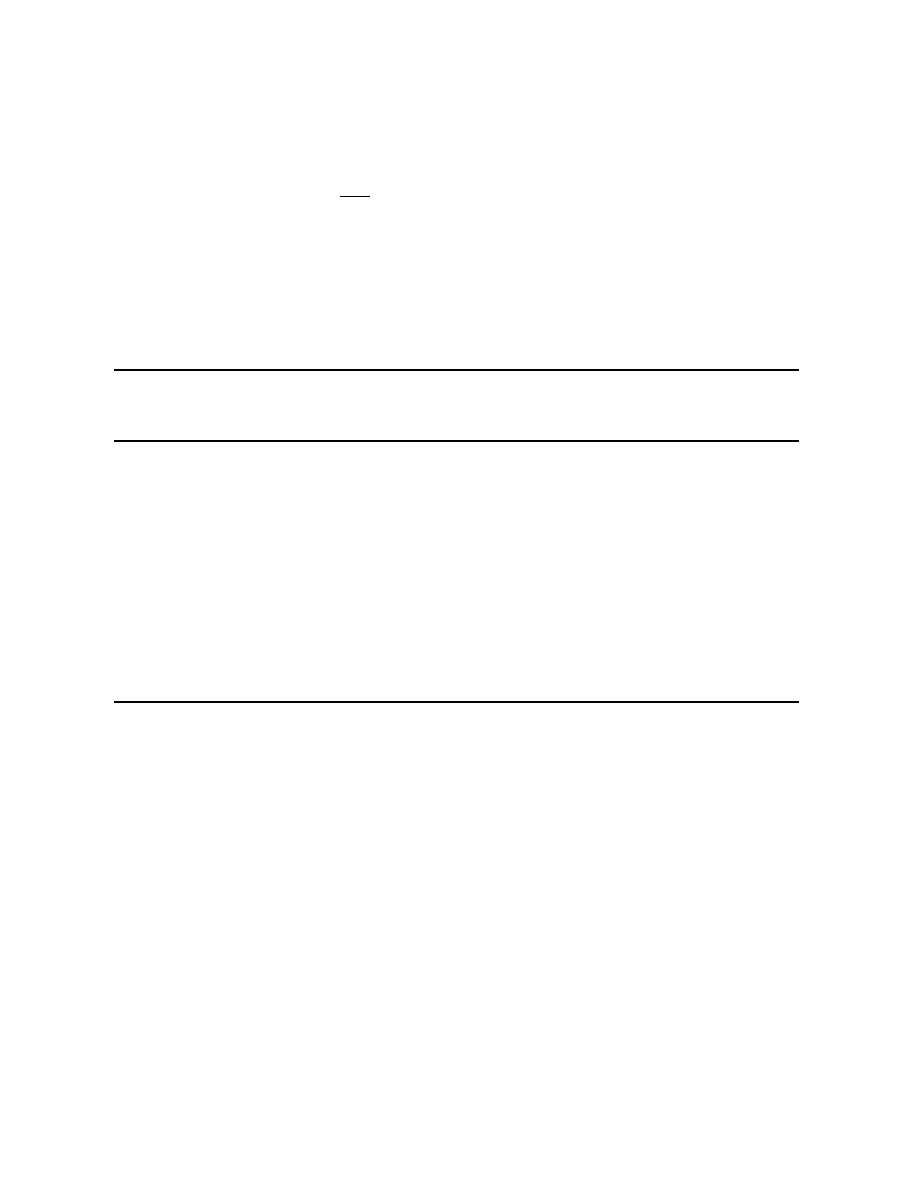

stator winding and ground, and between
field winding and ground.
field winding and ground.
(4) Record the temperature of equipment
being tested. Use average of all resis-
tance temperature detector indications, if
available, or use average reading of sev-
eral thermometers placed so as to obtain
best average of insulation temperature.
The temperature measurements will be
more representative of average insulation
temperature if the test is delayed 0.5 to 1
hour after removal of load, to allow tem-
perature gradient to level off. Generally,
this period will be required to complete
preparations for test.
being tested. Use average of all resis-
tance temperature detector indications, if
available, or use average reading of sev-
eral thermometers placed so as to obtain
best average of insulation temperature.
The temperature measurements will be
more representative of average insulation
temperature if the test is delayed 0.5 to 1
hour after removal of load, to allow tem-
perature gradient to level off. Generally,
this period will be required to complete
preparations for test.
(5) Ground the winding again for at least
10 minutes.
10 minutes.
b. Cold resistance test.
(1) Four to eight hours after the hot resis-
tance test or when equipment has cooled
to approximately ambient temperature,
make another test using same procedure
as outlined for the hot resistance test.
tance test or when equipment has cooled
to approximately ambient temperature,
make another test using same procedure
as outlined for the hot resistance test.
c. Record all data on the "Oil and Insulation
Test Report," form PO&M 109. Plot the di-
electric absorption and temperature correction
curves. Calculate polarization index. Data
should include ambient temperature and
Test Report," form PO&M 109. Plot the di-
electric absorption and temperature correction
curves. Calculate polarization index. Data
should include ambient temperature and
humidity.
14. Temperature correction factors
for insulation resistance.
for insulation resistance.
- The following
method may be used to correct the insulation
resistance at any temperature to the
insulation resistance at any chosen base
temperature if it is not possible to conduct the
insulation resistance tests at two widely
different temperatures, as suggested in
paragraph 9. The method is only approximate,
because the temperature coefficient of
insulation resistance varies widely with
different materials and conditions and is not
always consistent for the same material. The
insulation resistance value at the 10-minute
point of the dielectric absorption curve should
be used. The formula for determining
insulation resistance (R
resistance at any temperature to the
insulation resistance at any chosen base
temperature if it is not possible to conduct the
insulation resistance tests at two widely
different temperatures, as suggested in
paragraph 9. The method is only approximate,
because the temperature coefficient of
insulation resistance varies widely with
different materials and conditions and is not
always consistent for the same material. The
insulation resistance value at the 10-minute
point of the dielectric absorption curve should
be used. The formula for determining
insulation resistance (R
b
) at some desired
base temperature (T
b
) when the known or
tested value of resistance (R
a
) at temperature
(T
a
) is:
R
b
= f x R
a
where:
f = Temperature correction factor
= 10
A
(T
b
- T
a
); A = Temperature coefficient
of insulation resistance from table II.
TABLE II
Apparatus
Average value of temperature
or
coefficient of
material
insulation resistance A
Transformers with oil, class A insulation
0.030
Transformer oil
0.0173
A-C armature winding, class A insulation
0.033
A-C armature winding, class B insulation
0.0168
D-C armature winding
0.024
(FIST 3-1 12/91)
6